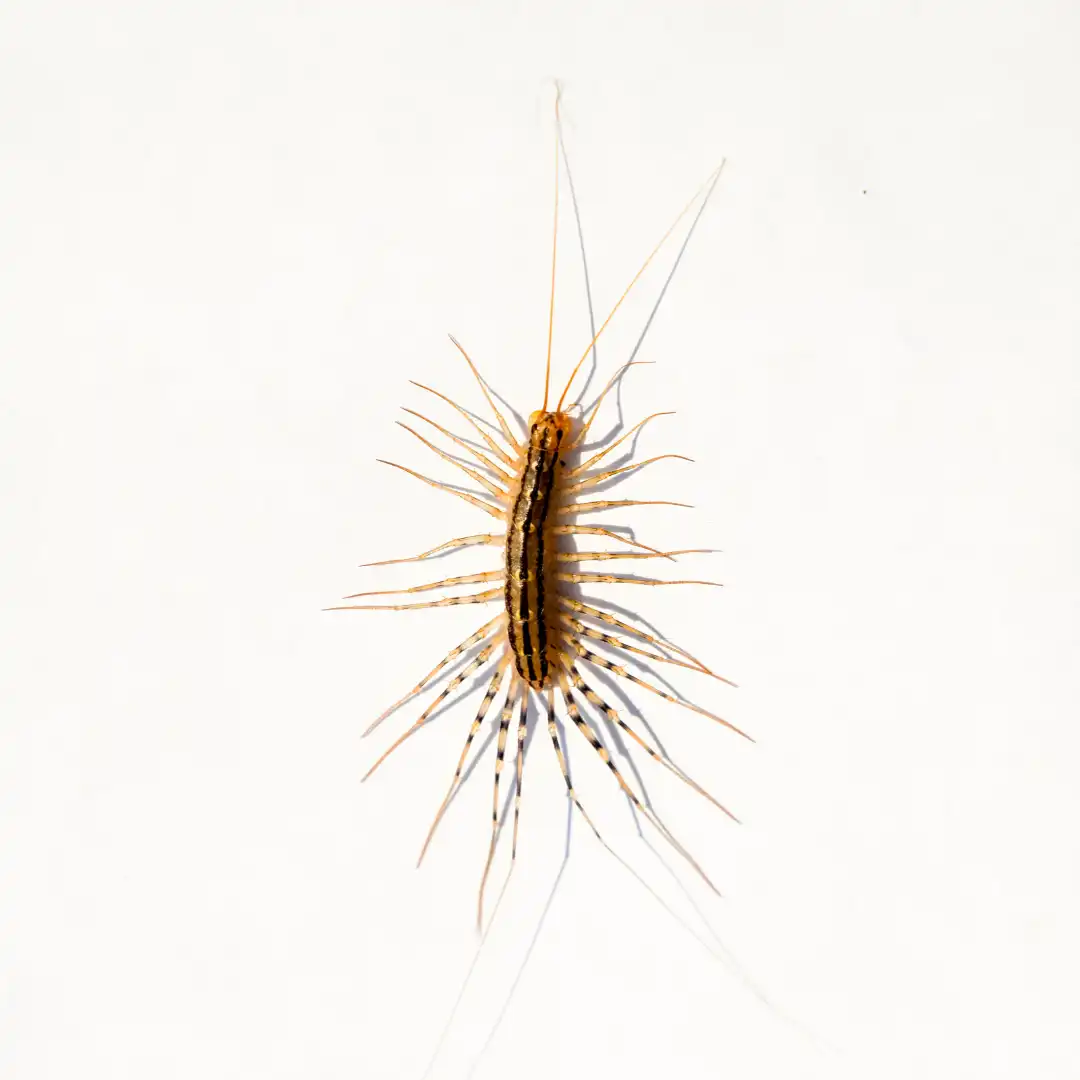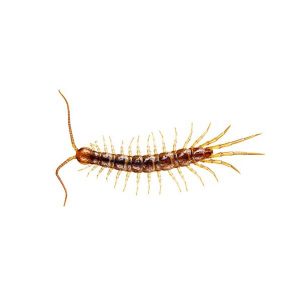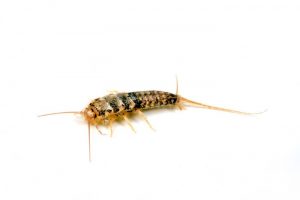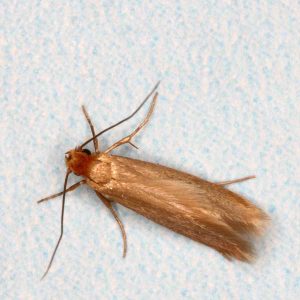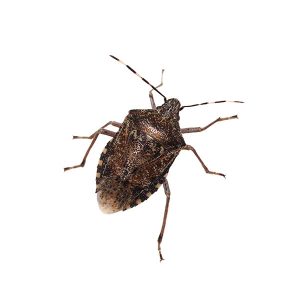House Centipedes in Georgia
House centipedes are found throughout the United States and have an abundance of legs, fifteen pairs of very long, slender legs to be exact. As terrifying as they look, house centipedes are beneficial invertebrates, assisting homeowners in keeping pests like cockroaches and spiders under control. Their legs have a banded pattern and their feet end in little claws/barbs to help them get a better grip on prey. Though house centipedes are found both indoors and outdoors, accidentally finding one trapped in the sink or bathtub, can be frightening. When outdoors, house centipedes are not considered harmful, but they may be considered pests when they share living spaces with us.
House Centipede Habitat
House centipedes are found pretty much worldwide. House centipedes are attracted to moisture and can be found outside under stones, boards, or sticks or beneath moist leaf litter and other organic matter. When found in homes, house centipedes most often occur in moist cellars, damp closets, and bathrooms, where they feed on insects and spiders. When disturbed, centipedes move quickly toward darkened hiding places. If house centipedes are abundant, there may be an underlying moisture problem in the home that should be corrected.
House Centipede Behaviors, Threats, or Dangers
House centipedes are voracious predators. They are beneficial to have around the home, but they do present some risk. House centipedes have a pair of poison claws located behind their head and use them to poison and paralyze their prey, usually small insects. The weak jaws of the house centipede can penetrate the skin, but with difficulty. Bites can result in swelling and pain, but usually are no worse than a bee sting. House centipedes are considered nuisance pests and when they come into your yard, it is often because they are looking for food. If centipedes find food near your exterior walls, and there are open cracks or crevices, they can accidentally get inside your home. If you are dealing with house centipedes on your property, contact your local exterminators.
Need help with pest control?
Ready for your FREE quote?
Fill out the form below and we’ll be in touch!
*During normal business hours. After hours inquiries will be returned the next business day.

